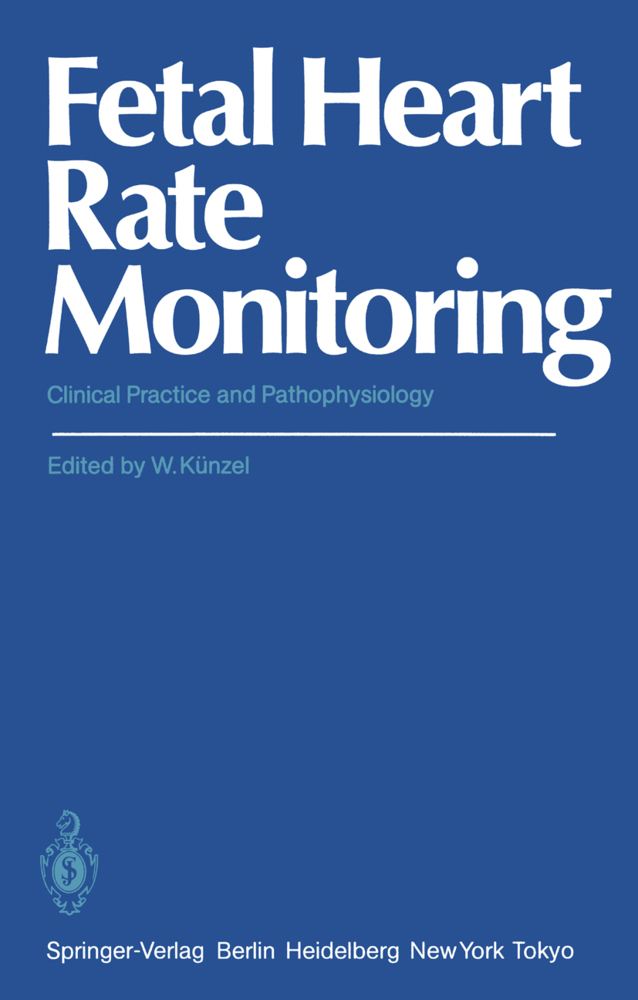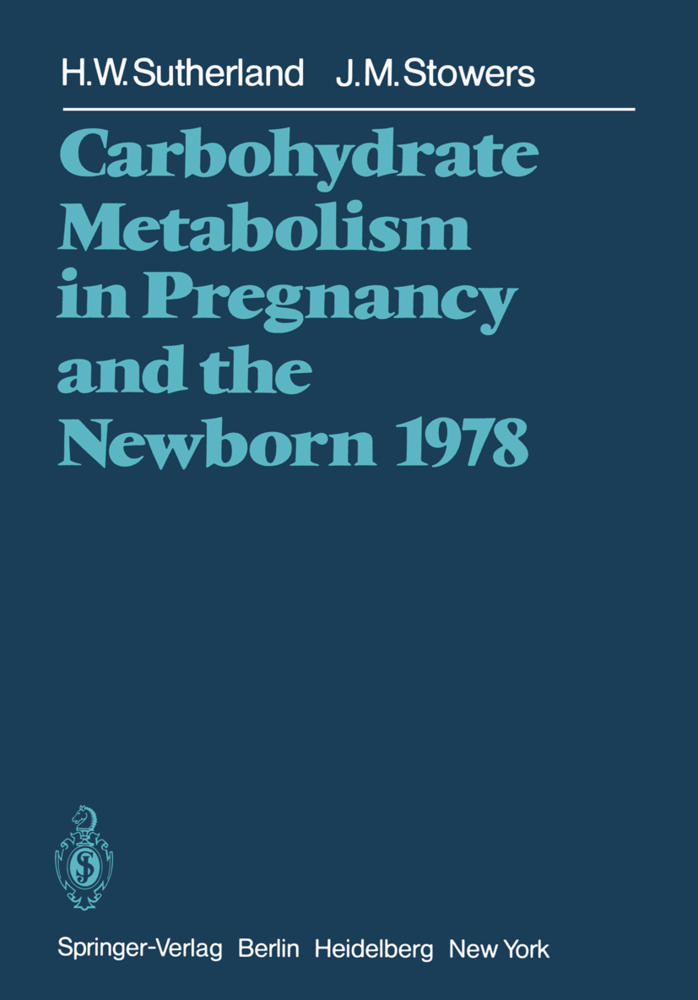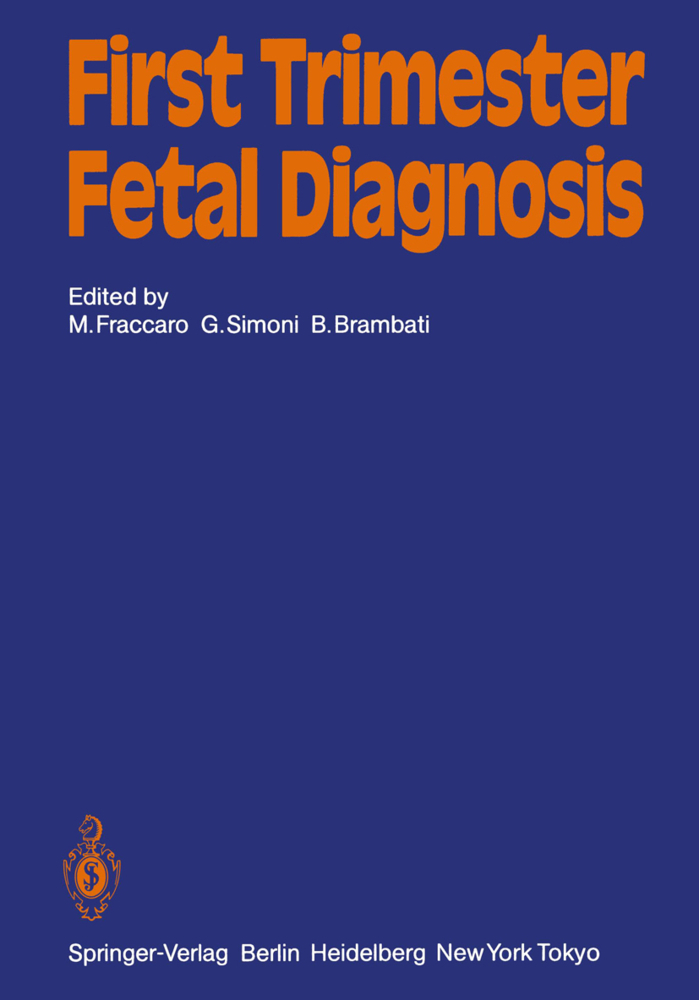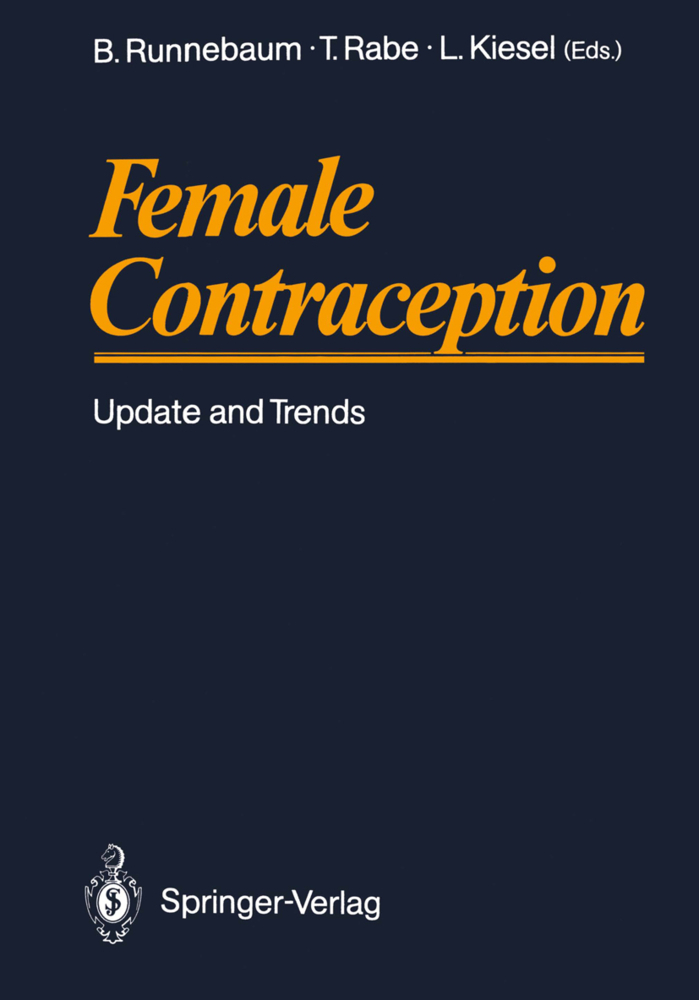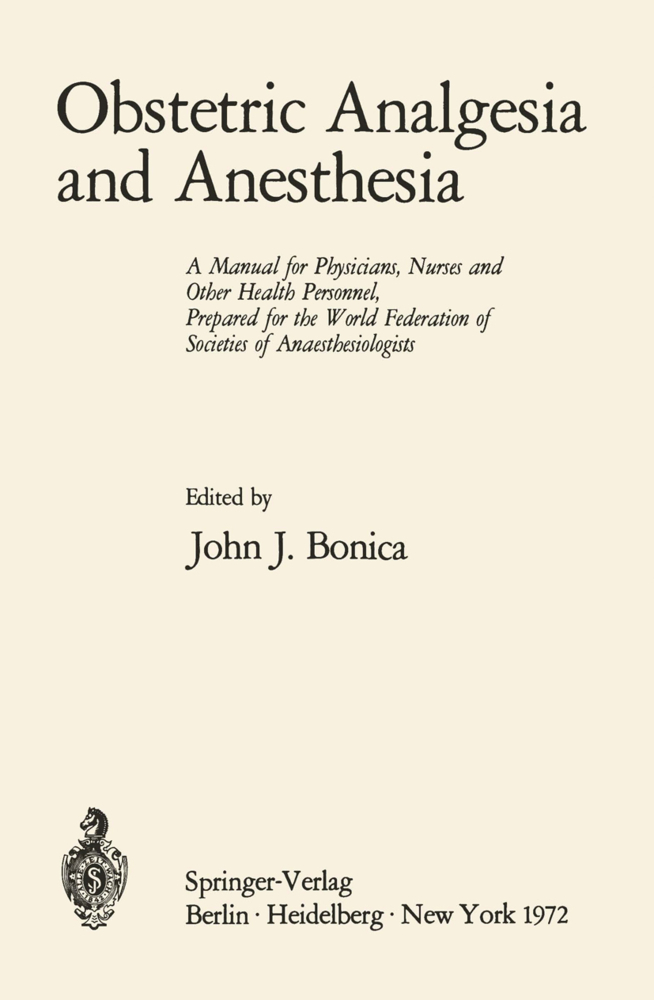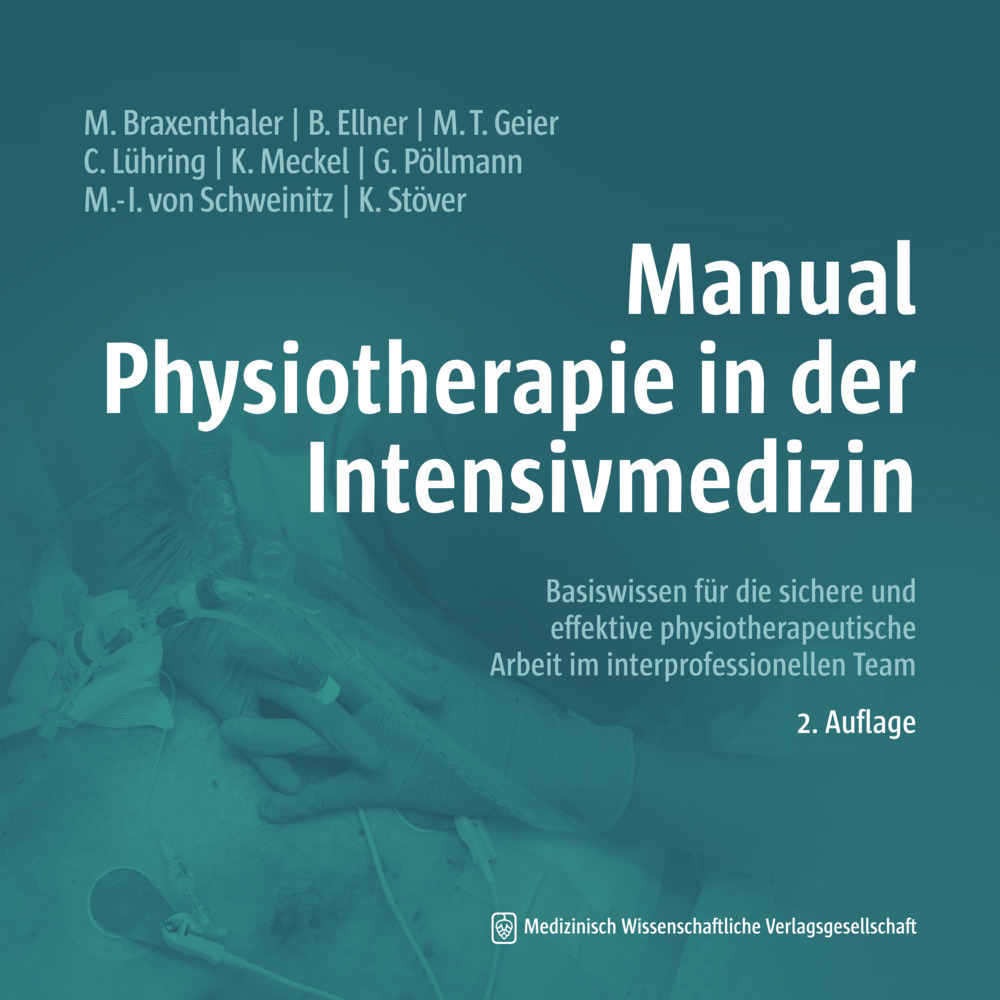Fetal Heart Rate Monitoring
Clinical Practice and Pathophysiology
Fetal Heart Rate Monitoring
Clinical Practice and Pathophysiology
In the past decade fetal heart rate monitoring has become a generally ac cepted method for fetal surveillance during pregnancy and labor. Although its importance has been doubted recently, I personally feel that this method has become an important obstetric tool. It has not only improved our knowledge about fetal behavior and fetal condition throughout gesta tion, but it has especially improved fetal surveillance during labor; the most dangerous period of human life has never been as safe as nowadays. The only people who can question the advantage of fetal heart rate moni toring are those who did not experience the period before fetal heart rate monitoring was generally introduced. The first paper on the history of fetal heart rate monitoring takes us back to the beginning of fetal surveillance and provides an introduction to the different aspects of fetal observation which are covered later in this volume. Common practices of fetal surveillance in different countries are discussed, and the paths that future developments will take are suggested. An outline of the physiological aspects of fetal heart rate regulation is fol lowed by discussion of the pathophysiology with which the obstetrician is very often confronted.
Necessity of Fetal Heart Rate Monitoring from a Dutch Point of View
Changing Trends of Fetal Heart Rate Monitoring in the United States
The Dublin Randomised Controlled Trial of Intrapartum Electronic Fetal Heart Rate Monitoring
The Use of Fetal Surveillance During Labor in the Federal Republic of Germany
Present and Future Technical Advances in Fetal Heart Rate Monitoring
Physiology of Fetal Heart Rate During Intrauterine Life
Antenatal Heart Rate Analysis at the Bedside Using a Microprocessor
Fetal Hemodynamic Alterations During Advancing Gestation
Pathophysiology of Fetal Heart Rate Deceleration
Incidence and Pattern of Fetal Heart Rate Alterations During Labor
Fetal Hemodynamic Responses to Reduced Uterine Blood Flow in the Sheep Fetus
Variability of Fetal Heart Rate Deceleration, Blood Pressure, and Acid Base Alterations During Defined Repetitive Hypoxic Stress
Fetal Heart Rate Response to Hypoxia in the Subhuman Primate
Fetal Heart Rate Alterations in Partial and Total Cord Occlusion
Neurohumoral and Metabolic Response of the Fetus to Hypoxia
Adrenal-Medullary Activity and Cardiovascular Control in the Fetal Sheep
The Dip Area: A Measure of Acid Base Alterations?
Fetal Heart Rate and Fetal Deterioration: Clinical and Experimental Observations
Kinetics of Lactic Acid Accumulation and Removal in the Fetus
Pharmacological Aspects of Fetal Heart Rate Regulation During Hypoxia
Pathophysiology of Fetal Heart Rate Variability and Base Line Fetal Heart Rate
The Control of Fetal Heart Rate and Its Variability in Lambs
Short- and Long-Term Variability in Fetal Heart Rate Pattern and Its Relation to Basal Heart Frequency
Long-Term Observation of Fetal Heart Rate Irregularities
Fetal Heart Rate Patterns in Experimental Intrauterine Growth Retardation
Chemoreceptor and Baroreceptor Function with Respect to Fetal Heart Rate Variability
Blood Flow Measurements in the Human Fetus.
Clinical Application and Validity
History of Fetal Heart Rate MonitoringNecessity of Fetal Heart Rate Monitoring from a Dutch Point of View
Changing Trends of Fetal Heart Rate Monitoring in the United States
The Dublin Randomised Controlled Trial of Intrapartum Electronic Fetal Heart Rate Monitoring
The Use of Fetal Surveillance During Labor in the Federal Republic of Germany
Present and Future Technical Advances in Fetal Heart Rate Monitoring
Physiology of Fetal Heart Rate During Intrauterine Life
Antenatal Heart Rate Analysis at the Bedside Using a Microprocessor
Fetal Hemodynamic Alterations During Advancing Gestation
Pathophysiology of Fetal Heart Rate Deceleration
Incidence and Pattern of Fetal Heart Rate Alterations During Labor
Fetal Hemodynamic Responses to Reduced Uterine Blood Flow in the Sheep Fetus
Variability of Fetal Heart Rate Deceleration, Blood Pressure, and Acid Base Alterations During Defined Repetitive Hypoxic Stress
Fetal Heart Rate Response to Hypoxia in the Subhuman Primate
Fetal Heart Rate Alterations in Partial and Total Cord Occlusion
Neurohumoral and Metabolic Response of the Fetus to Hypoxia
Adrenal-Medullary Activity and Cardiovascular Control in the Fetal Sheep
The Dip Area: A Measure of Acid Base Alterations?
Fetal Heart Rate and Fetal Deterioration: Clinical and Experimental Observations
Kinetics of Lactic Acid Accumulation and Removal in the Fetus
Pharmacological Aspects of Fetal Heart Rate Regulation During Hypoxia
Pathophysiology of Fetal Heart Rate Variability and Base Line Fetal Heart Rate
The Control of Fetal Heart Rate and Its Variability in Lambs
Short- and Long-Term Variability in Fetal Heart Rate Pattern and Its Relation to Basal Heart Frequency
Long-Term Observation of Fetal Heart Rate Irregularities
Fetal Heart Rate Patterns in Experimental Intrauterine Growth Retardation
Chemoreceptor and Baroreceptor Function with Respect to Fetal Heart Rate Variability
Blood Flow Measurements in the Human Fetus.
Künzel, Wolfgang
| ISBN | 978-3-642-70360-7 |
|---|---|
| Artikelnummer | 9783642703607 |
| Medientyp | Buch |
| Auflage | Softcover reprint of the original 1st ed. 1985 |
| Copyrightjahr | 2011 |
| Verlag | Springer, Berlin |
| Umfang | XII, 244 Seiten |
| Abbildungen | XII, 244 p. |
| Sprache | Englisch |

